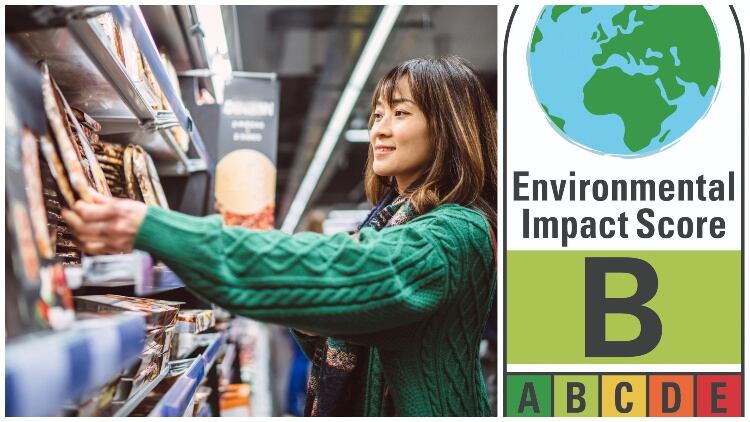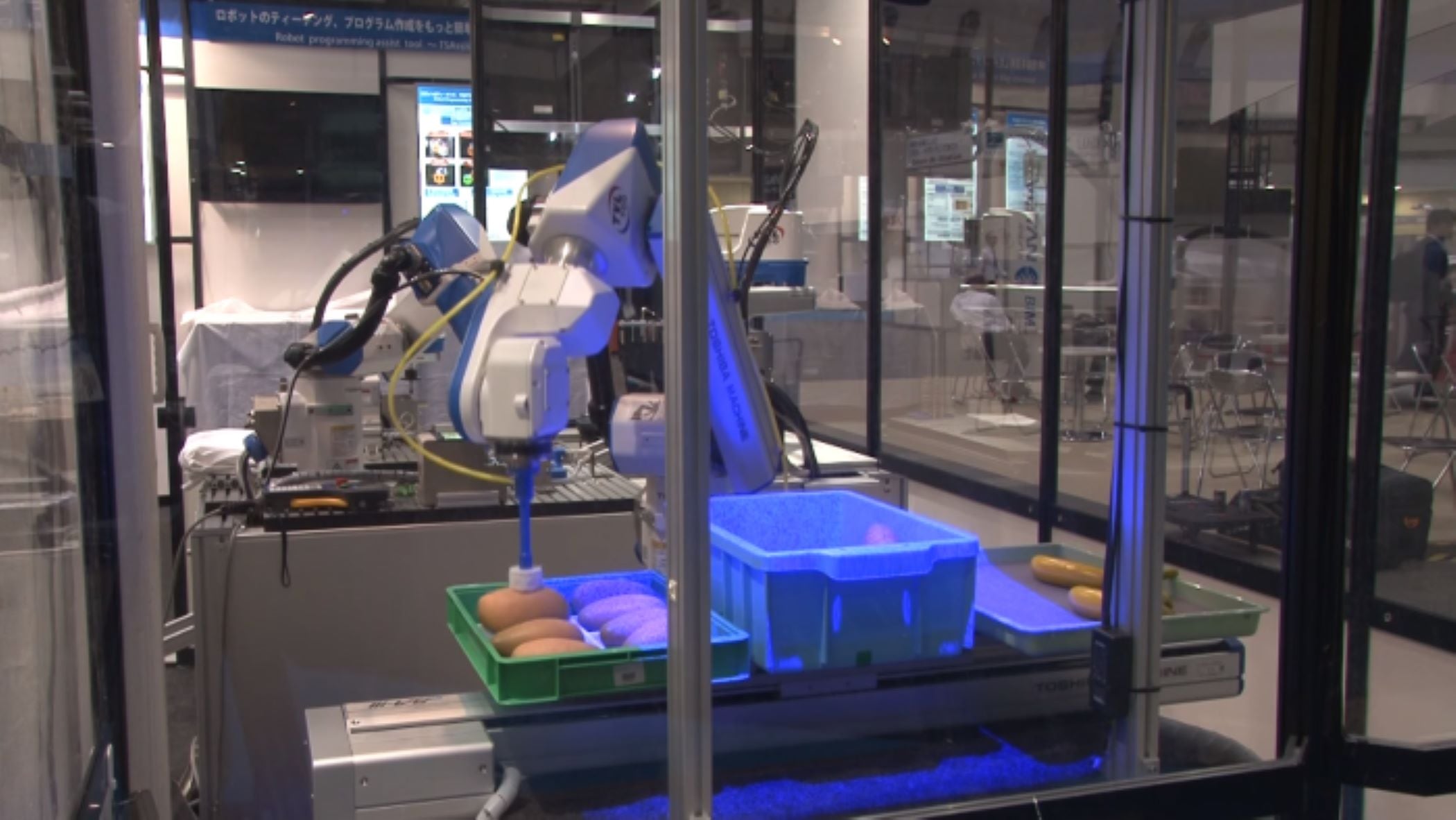Replacing the traditional EAN/UPC (or 1D) barcode, 2027 will see the industry transitioning to this new technology – known as ‘Sunrise 2027’.
By scanning the new 2D barcodes with a mobile device, consumers will be able to access a range of information such as allergens, sourcing data and nutritional details.
Alongside improved transparency, such technology should also enhance inventory management and aid manufacturers in recall readiness.
This tech will also enable more information to be stored on products, without overwhelming already cluttered packaging.
“The data in a 2D code is encoded on both the horizontal and vertical arrangement of the pattern, whereas the 1D barcode can only be encoded horizontally,” explained Christopher Fowler, coding specialist for Videojet Technologies.
According to Fowler, 2D codes are capable of holding up to 2,000 characters more than 1D codes, thereby removing the need for an external database to hold process or product data.
“This gives businesses the ability to present a large amount of data within a minimal amount of space,” added Fowler, as well as the extended ability to stand out, by creating bold and artistic packaging designs that entices the customer.
“For some businesses, this reduction in printed data could drive reduced costs, lead to innovative packaging variations and bring about environmental benefits - something that all businesses and industries are focusing on,” he noted.
The smaller size also allows businesses to mark smaller items, such as machinery parts, where a 1D barcode will not fit.
They also boast the benefit of being readable even if partially obscured or distorted.
2D barcodes: The transition period
However, whilst offering benefits, this transition will not be without its challenges; historically, manufacturers have tailored their product designs and packaging to the 1D barcode. As such, there will be a period of adjustment required.
“Manufacturers must assess the compatibility of their current coding and marking equipment to check that it is capable of printing 2D codes. Upgrades to existing technology might be required because 2D codes are more difficult to print, requiring a higher resolution output. Higher print-quality standards may stretch the capabilities of some older coding applications,” Fowler continued.
“Along with printer considerations, changes to production line hardware and software may also be necessary. Barcodes are read throughout the lifespan of a product, from component tracking and traceability to stock checking, order picking and much more. With the implementation of 2D codes, many businesses will need to migrate from the traditional barcode scanners they already have to 2D code readers. Equipment upgrades like these require investment from business owners, so it's crucial to start planning early to manage this expenditure.”
Fowler added that the switchover will be a lengthy process – aside from the time it will take manufacturers to move over in production, there are wider implications along the supply chain.
Offering an example, Fowler said: “Many retailers do not have 2D code reading facilities in their storage warehouses or at the point of sale, so there will likely be a grace period even after 2027 when barcodes and 2D codes are used simultaneously while the technology catches up.”
It’s evident that the global shift to these new barcodes will be numerous, but given their long history (around 50 years of use), those who plan for the change will be at an advantage.
"Preparation is key and businesses should look to work with a specialised partner to guide them through this process."





